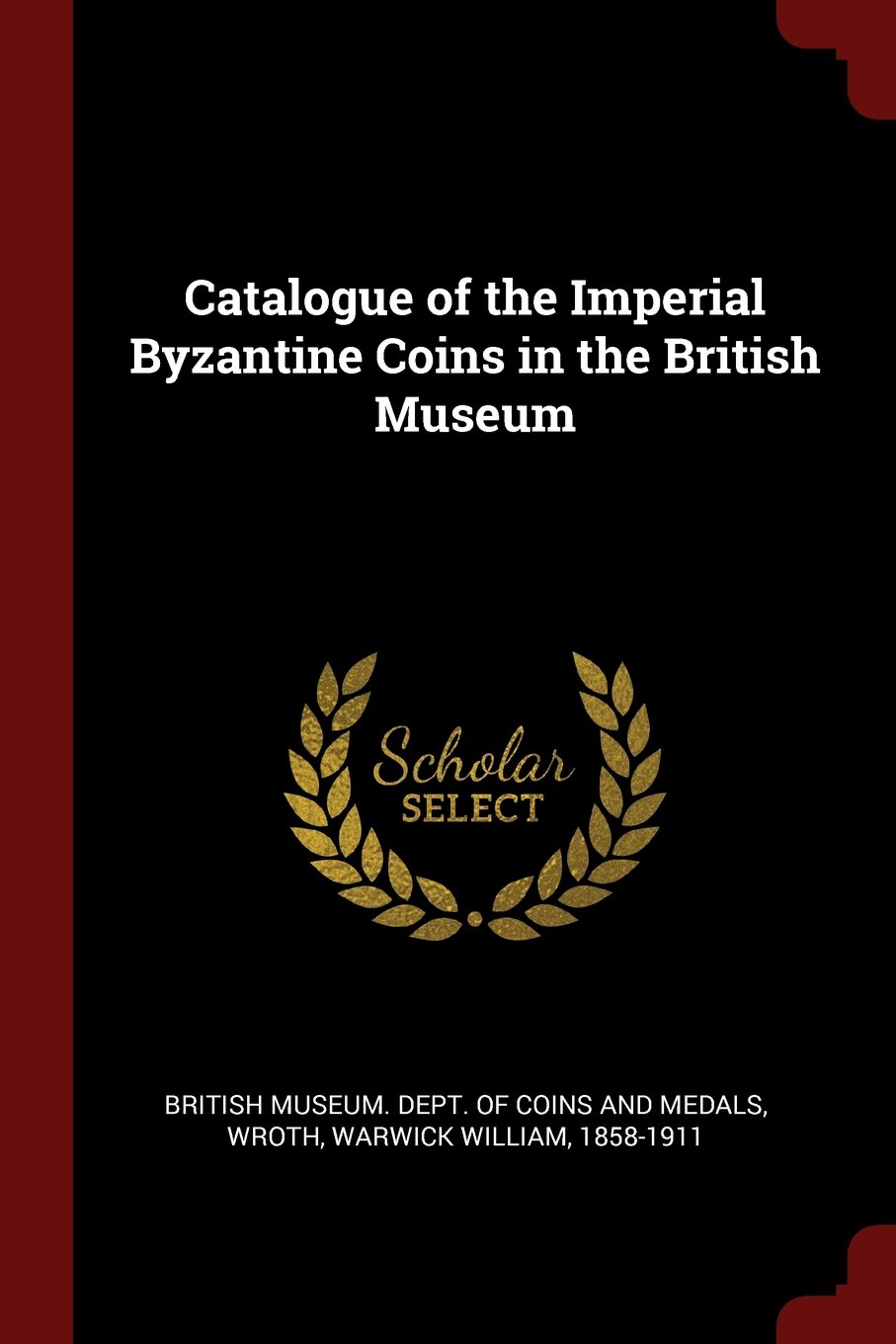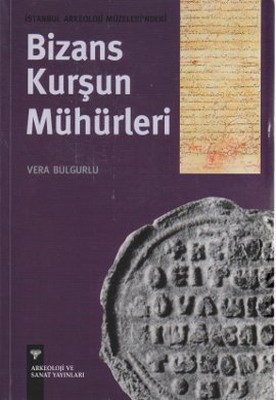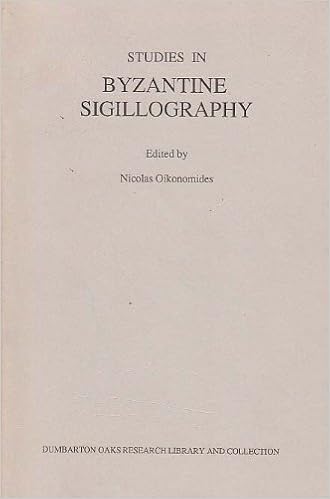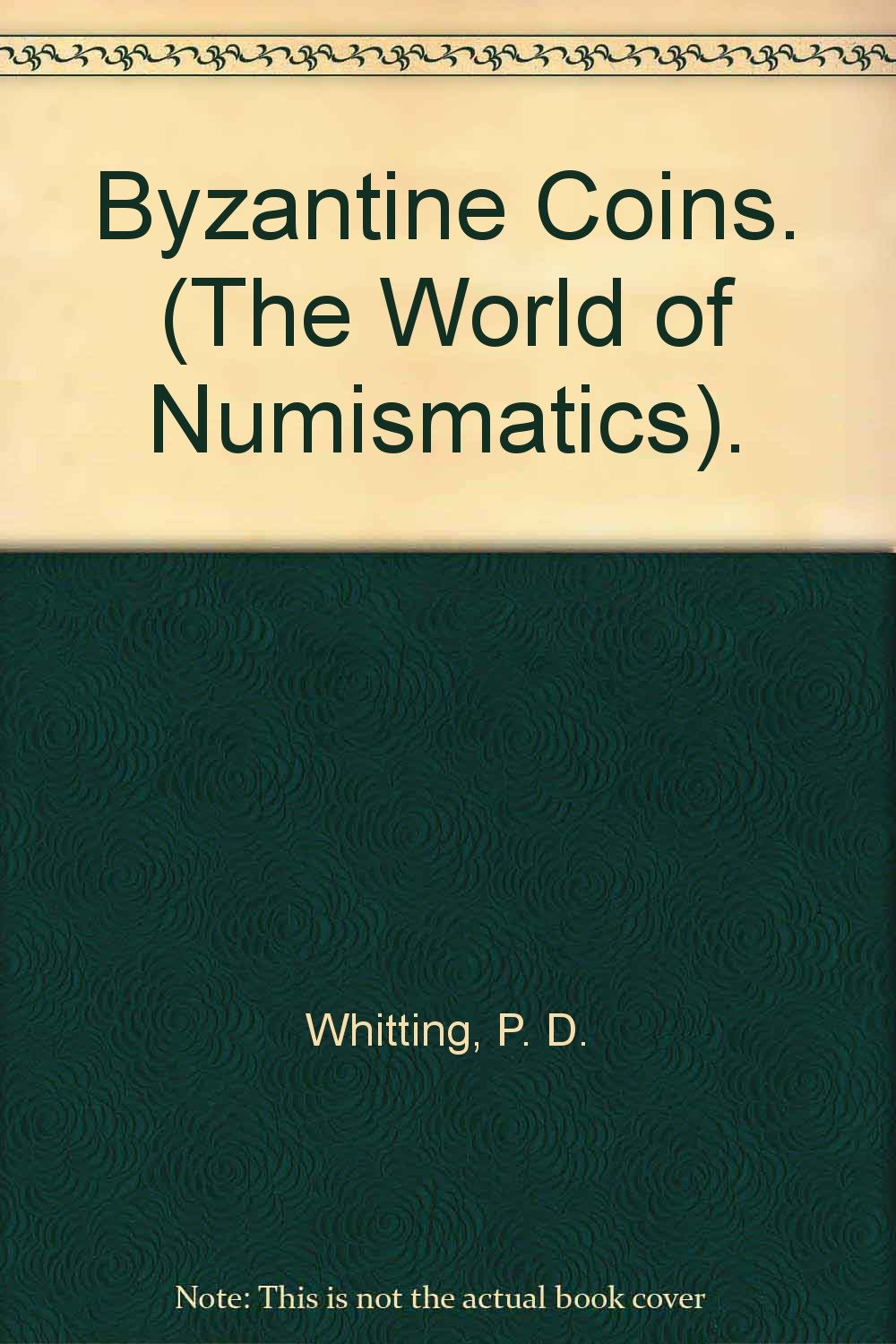Byzantine Seals and Sealing
Byzantine Seals and Sealing
Technically speaking, a seal (σφραγίς, Lat. sigillum) is an implement, while sealings are the objects produced, but following common English usage we refer to the object as a “seal” and use the word bulla in the same sense. Seals were made of lead, gold, silver, and wax; they are found to vary in diameter from approximately 15 to 80 mm; most seals, however, range in size from approximately 23 to 28 mm. Seals were used to authenticate the signature of the person responsible for the issuance of a document; they were also used in place of a counter-signature, an indication of the responsibility of a senior official for the issuance of a document when he was not present as signator but approved of its issuance by a subordinate. In addition, seals of both wax and lead were employed to preserve the integrity of correspondence. After being folded, a letter was tied with a string, the security of the small bundle assured by the application of a wax seal to paper and string or the placement of the two ends of the string within the channel of a lead seal. Finally, lead seals were used to secure tied bundles, as indicated by numerous seals carrying the imprint of burlap. Lead bullae were used at least as early as the 4th C. (e.g., Seibt, Bleisiegel, nos. 1–5), but such seals are rare; the earliest bullae to be recovered in large numbers are examples of the 6th C. They continued to be employed until 1453, although large collections reflect a significant decline in use after 1200 (possibly because of a shortage of lead or perhaps simply a decline in population).
All segments of society used seals: emperors and their chanceries employed ones made of gold, wax, and lead. We know from pseudo-Kodinos (p.175.26–32) that an emperor would employ wax seals when writing to members of his immediate family, his mother, wife, or son. The use of wax seals in the imperial chancery is exemplified by a wax seal of the sebastokrator Nikephoros Petraliphas, still suspended on a document of 1200 (preserved on Mt. Athos at the Xeropotamou Monastery and illustrated in Oikonomides, Seals, fig.10). The use of gold bullae may have originated as early as the 8th C. (Grierson, DOP 20 [1966] 240), but over the course of centuries their method of manufacture underwent alteration. At first they were made in a casting mold, like lead seals; in the mid-11th C. the chancery began to make them out of two separate roundels of gold held together by solder; and in the 14th–15th C. they consisted simply of two thin sheets of gold bound together with wax.
The weight of gold seals was reckoned in solidi and the De ceremoniis (De cer. 686.5–10, bk.2, ch.48) reports that the pope should receive a gold seal equal in weight to two gold coins, but the patriarchs of Antioch and Jerusalem should be honored with bullae equal to three solidi. Silver seals were issued by the despotai of Epiros and Morea during the 13th–14th C.; an example of this very rare type is attached to a charter of Michael II Komnenos Doukas, dating from ca.1251 (T. Bertelè, Numismatica 17–18 [1951–52] 17). Lead seals were used at every level of the central and provincial administration, by emperors, officials, ecclesiastics, and men and women from all walks of life. The rarity of titles on signet rings or small stamps may simply indicate that (nonimperial) wax seals were usually employed in private situations, where the formality of title was dropped, but it is difficult to assess the status of persons using wax for sealing.
The majority of seals from before 700 simply carry monograms and/or inscriptions. Some monograms are invocative, requesting the help of Christ or the Virgin; others express the name of the seal's owner or his name and title. On the other hand, for the sake of clarity, the name and title might be expressed in the form of a linear inscription. Although comprising a much smaller percentage, iconographic seals were used; the most popular depiction was the Virgin, followed by Christ and the saints. During Iconoclasm, iconography was eschewed, but, after the victory of the Iconodules, depictions of Christ, the Virgin, and the saints returned. By the 11th C., seals with iconography comprise a much higher percentage of extant specimens than in the earlier period. Although depictions of animals (birds and griffins in particular) were used to ornament seals in the 6th–7th C., this type of motif is more commonly met among 10th-C. seals. On occasion seals carry portraits of their owners, but such instances are relatively rare. The vast majority of Byz. seals are inscribed in Greek. In the 6th C., however, Latin was occasionally used, esp. among officials governing in the West. From the 10th to 11th C. there survives a small group of seals inscribed with legends in Syriac or Arabic; Dumbarton Oaks, for example, preserves 80 such objects. (See also Sigillography and Sealing Implements.
Nesbitt, John W. "Seals and Sealings." In The Oxford Dictionary of Byzantium. : Oxford University Press, 1991.
Byzantine Coinage
Byz. coinage derived from that of the later Roman Empire, and there is no sharp division between them. Nevertheless, in many respects they are very different. It has long been customary to start the Byz. series with Anastasios I, since a separate line of emperors in the West had come to an end with Julius Nepos (died 480) and because Anastasios's creation of the copper follis in 498 determined much of the pattern of minting for the future, but the older books begin with Arkadios, since from 395 there were separate lines of emperors in East and West.
Metals
Metals for coins were mainly the three standard ones used in the ancient world—gold, silver, and copper—but the proportion and form of coins in each metal has varied greatly over the centuries. Heavy copper coins were not struck in the 5th C. (their place being taken by tiny nummi), nor were they struck after the late 11th C. A coinage in silver barely existed in the 5th–6th C., and between the late 11th and the late 13th C. the traditional silver miliaresia were replaced by trikephala of electrum (a gold-silver alloy) for higher values and trachea of billon (that is, a silver-copper alloy containing less than 50 percent silver) for lower ones. The trachea also substituted for the heavy folles of copper no longer minted. The gold remained of high quality until the 1030s, when a half century of progressive debasement began. Nomismata of good quality were revived by Alexios I in 1092 as part of a general coinage reform which reestablished a currency on whose quality users could rely, but these hyperpyra were only 20.5 carats fine (85.4 percent) instead of 24 carats as previously. The use of good quality silver coins was revived only with the creation of the basilikon in the first years of the 14th C. Gold hyperpyra were no longer struck after the mid-14th C. Lead was occasionally used, e.g., for ten-nummus pieces in 6th-C. Italy (C. Morrisson, Rivista italiana di numismatica 83 [1981] 119–30) and for Alexios I's first tetartera or half-tetartera of 1092.
Thematic Content
The thematic content of Byz. coins differed markedly from that of Roman ones, as did the way the emperor was represented. Beginning with the reign of Constantine I all coin types of a positively pagan character disappeared, although for the next two-and-a-half centuries representations of Victory and of Roma and Constantinopolis (see also Personification) continued to be tolerated because it was possible to regard them as symbolic and not as objects of worship. The cross began to be used as a main type in the mid-5th C., though only on a few denominations; only under Tiberios I did it become the main reverse type of the gold coins. A bust of Christ, first shown on coins of Justinian II, became a regular feature of the coinage only after the restoration of images under Michael III (843), but from then on representations of Christ, of the Virgin (first under Leo VI), and of the saints (first under Michael IV) are normal. A bust or standing figure of the emperor was almost always present, except on the so-called Anonymous Folles (970–1092), which have religious types and inscriptions only. But the personality of the emperor was eclipsed by the greatness of his office. Characterized portraits in high relief, a distinctive feature of Roman coinage during the Principate, were replaced by formalized frontal effigies in low relief, usually with no attempt at reproducing an individual likeness. Instead, the status of the emperor was shown by his costume (chlamys, fibula, crown) and insignia (scepter, globus cruciger, akakia).
Language
The language of the coin inscriptions was initially Latin, as were the elements of the emperor's style (DN for dominus noster, PE or PF for perpetuus or pius felix, AVG for augustus), but Greek legends began to be used in the 7th C. (EN TOVTO NIKA on folles of Constans II) and Greek titles such as basileus, despotes, and so forth in the 8th. After a long period in which Greek and Latin characters were used indiscriminately and might even appear together in the same word, the use of letters in a specifically Latin sense disappeared in the 11th C., so the C was hence-forward invariably a sigma and H an eta.
Grierson, Philip. "Coins." In The Oxford Dictionary of Byzantium. : Oxford University Press, 1991.
Books on Byzantine Seals and Coins
Catalogue of Byzantine Seals at Dumbarton Oaks and in the Fogg Museum of Art by
Call Number: CD5381 .D86 1991ISBN: 0884021947Publication Date: 1991-01-01A Collection of Dated Byzantine Lead Sales by
Call Number: CD5381 .O56 1986ISBN: 0884021505Publication Date: 1986-01-01Arab-Byzantine Coins by
Call Number: CJ3876 .F67 2008ISBN: 9780884023180Publication Date: 2009-02-28Byzantine Coins and Their Values by
Call Number: CJ1229 .S43 1994ISBN: 0713477407Publication Date: 1987-12-31Catalogue of the Byzantine Coins in the Dumbarton Oaks Collection and in the Whittemore Collection, Volume 1 by
Call Number: CJ1215.U62 W364ISBN: 0884020126Publication Date: 1965-01-01 Imperial Byzantine coins in the British Museum by Call Number: CJ1229 .B72 1966
Imperial Byzantine coins in the British Museum by Call Number: CJ1229 .B72 1966 Yapı Kredi Kolleksiyonu Bizans Sikkeleri = The Yapi Kredi Collection Byzantine Coins by Call Number: CJ1229 .T4512 1999ISBN: 9750800230
Yapı Kredi Kolleksiyonu Bizans Sikkeleri = The Yapi Kredi Collection Byzantine Coins by Call Number: CJ1229 .T4512 1999ISBN: 9750800230 İstanbul Arkeoloji Müzeleri'ndeki Bizans Kurşun Mühürleri by Call Number: CD5210.I88 B85 2007ISBN: 9789944750264
İstanbul Arkeoloji Müzeleri'ndeki Bizans Kurşun Mühürleri by Call Number: CD5210.I88 B85 2007ISBN: 9789944750264 Studies in Byzantine Sigillography by Call Number: CD5381 .S781 1987ISBN: 0884021718Publication Date: 1988-01-01
Studies in Byzantine Sigillography by Call Number: CD5381 .S781 1987ISBN: 0884021718Publication Date: 1988-01-01


